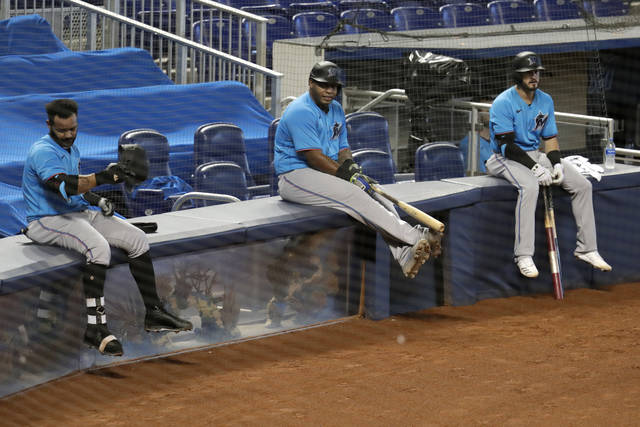Lori Falce: The math of school safety and coronavirus
A year ago, I was writing a column about school safety.
I had just attended orientation for my son, learning the ropes and checking out the rooms at the middle school he was excited to start. The safety issues were guns and active shooter situations, with a side note of bullying.
What a difference a year makes. The coronavirus pandemic has changed the definition.
Today the words “school safety” mean something very different. We aren’t worrying as much about the people who come into the schools as what they bring in their lungs. We don’t fear the small bullets that could be fired as much as the small particles of disease they could breathe out.
I have answered surveys from my school district about what I wanted to see happen as my sixth-grader becomes a seventh-grader. What would make me comfortable? What do I need out of this school year? But last week I had to check a box to declare my intentions.
Classroom — where the danger is in the air he breathes? Home — where I worry about whether he is being challenged enough to grow and learn?
I made my choice based on so much of what I see happening around us. The math and the science, the reading and the social studies. There is a whole curriculum of data, but there are no simple answers.
I even look to the world of sports, which shows us both how it works and how it doesn’t.
Major League Baseball has tried to get back to normal, but that didn’t stop covid-19 from ripping through the Miami Marlins like fire. That happened despite protocols and policies and plans to keep players and support staff safe.
The Marlins operate with $222 million in revenue a year, according to Forbes, and a value of about $980 million. They furloughed 40% of their employees in June, according to the Miami Herald, meaning all their money could be focused on just about 150 people.
A Pennsylvania school district averages about $56 million in budget, based on state numbers divided by the 500 districts. The 1.7 million students average out to about 3,400 per district.
If the Marlins couldn’t protect their players with so much money available and so much on the line, how could my district protect my kid in a class the same size as the team roster?
But wait a minute. There are other teams and other sports. The NBA took dramatic steps. The whole league moved to Orlando and took over Walt Disney World. The lockdowns there are drum tight. It may seem a bit like working in a fancy, Mickey Mouse-themed jail, but it does seem to be working. (That could change with one positive test at any minute.)
So it all comes down to what steps are outlined and how they are implemented. What risks are acceptable and what precautions seem like a bridge too far.
And whether you are comfortable putting your child in someone else’s hands to carry it all out.
I’m not. My kid has asthma and allergies. He has ADHD and fidgets with everything. It isn’t so much that someone wouldn’t enforce the rules with him as it is that he could forget what they are and put himself or someone else at risk.
A year ago, I was worried about the one-in-a-million chance of school violence being the epidemic that saw an outbreak. One in a million was scary, but I was uncomfortably comfortable with the precautions being taken.
Today, there are more than 7,200 covid-19 deaths in Pennsylvania. That’s one for every 1,758 or so residents. That’s not a risk I’m willing to take.
Lori Falce is the Tribune-Review community engagement editor and an opinion columnist. For more than 30 years, she has covered Pennsylvania politics, Penn State, crime and communities. She joined the Trib in 2018. She can be reached at lfalce@triblive.com.
Remove the ads from your TribLIVE reading experience but still support the journalists who create the content with TribLIVE Ad-Free.

